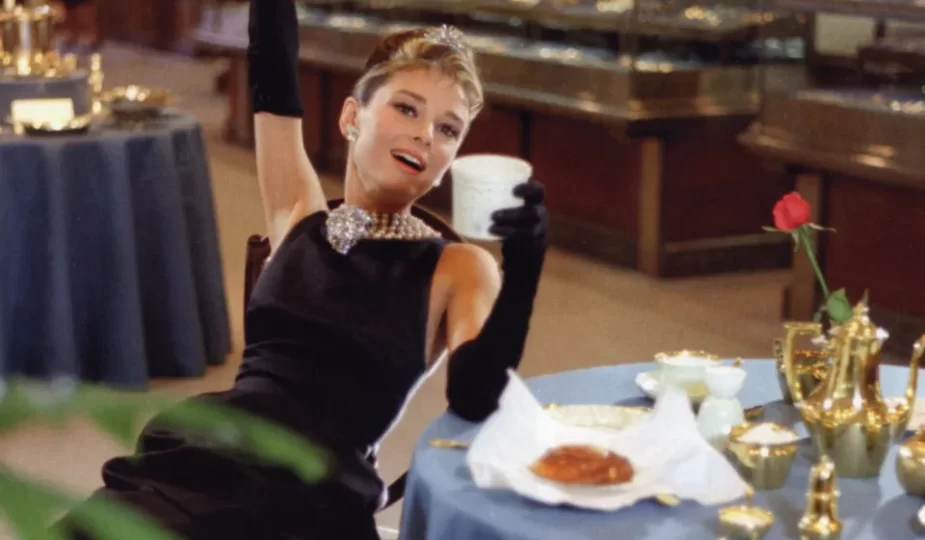Fashion, as a universal language, transcends mere function, shaping identities and defining eras. Nowhere is this more evident than in the world of cinema, where costume design breathes life into characters, contextualizes narratives, and often sets cultural trends. From the practical beginnings of clothing as a necessity in silent films to the bold statements of haute couture on the silver screen, fashion has evolved into a vital storytelling tool. Today, the symbiosis between film and fashion creates unforgettable visual spectacles that influence society and style alike.
Let's explore the profound impact of fashion on cinema, how iconic costume designs have set trends, and how they continue to resonate with audiences long after the credits roll.
Fashion’s Role in Storytelling
Costume design is far more than an aesthetic choice—it is an art form that conveys a character’s personality, social status, and even psychological depth. Fashion within film acts as a visual shorthand, communicating subtle cues to the audience. For example, Audrey Hepburn’s iconic little black dress in Breakfast at Tiffany’s (1961) is not just an outfit but a manifestation of Holly Golightly’s chic, elusive, and aspirational persona.
Modern accessories, such as the backpacks featured in Clueless (1995), also play a significant role in defining character identities. Cher Horowitz’s use of coordinated mini backpacks complemented her colorful, preppy wardrobe, symbolizing her youthful vibrancy and impeccable sense of style. Today, such items are back in fashion, with mini backpacks becoming must-haves for fans of both nostalgic and contemporary styles.
Historical examples abound. Greta Garbo’s choice to wear trousers in films like Queen Christina (1933) reflected a shift in societal norms, symbolizing women’s growing independence. Similarly, The Great Gatsby (2013) meticulously recreated the opulence of the Roaring Twenties, with dazzling Art Deco designs and flowing flapper dresses that captured the decadence and fragility of the era. These costumes immersed viewers in the lavishness of Jay Gatsby’s world while grounding the story in its historical moment.
Clothing in film also reflects societal change. During the 1920s, as women embraced more active roles, on-screen fashion began to feature shorter hemlines and looser silhouettes. By contrast, the austerity of wartime in the 1940s led to utilitarian styles in films that emphasized practicality over luxury. Thus, fashion does not merely decorate a film but becomes a vital part of its narrative fabric.
Setting Trends: Fashion as a Cultural Catalyst
Cinema has long been a driving force behind global fashion trends. Historical moments in film often mirror societal shifts, with costumes influencing how people dress in their everyday lives.
One of the earliest examples dates to the 1920s when actress Pola Negri famously dyed her shoes to match her costumes. This innovation sparked a global trend among women eager to emulate her bold style. Similarly, the 1930s saw Greta Garbo inspire a surge in women adopting trousers, breaking conventions in both fashion and gender norms.
Accessories, too, have seen their share of influence. The popularization of backpacks, particularly whimsical or branded designs, stems partly from movies. Characters such as Hermione Granger in the Harry Potter series relied on practical yet stylish bags, inspiring fans to carry full-sized and mini backpacks that combine functionality with fandom. These accessories resonate across generations, blending utility with cultural identity.
Audrey Hepburn’s petite black dress, designed by Hubert de Givenchy, became the epitome of timeless elegance and remains a staple in women’s wardrobes worldwide. It symbolizes a unique intersection of film and fashion, proving how cinema can immortalize a simple garment as a cultural icon.
Enhancing the Visual Experience
Fashion enriches a film’s visual appeal, transforming it into a sensory experience. Costume designers collaborate closely with filmmakers to ensure authenticity and coherence with the story’s setting. In period dramas, for instance, every stitch and fabric choice is meticulously researched to reflect the era.
Baz Luhrmann’s The Great Gatsby is a masterclass in costume design, with Catherine Martin’s creations evoking the excess of the Jazz Age. Sparkling sequins, dropped waistlines, and feathered headpieces encapsulate the heady glamour of the 1920s. Similarly, in Black Panther (2018), Ruth E. Carter’s costumes blended traditional African elements with futuristic aesthetics, presenting a vision of Afrofuturism that celebrated cultural heritage while imagining new possibilities.
Costumes also help immerse viewers in fantastical worlds. In Harry Potter films, the wizards’ robes and intricate details of their attire contributed to the magical realism of the series.
Fashion Films: A Genre of Their Own
As the relationship between fashion and film deepened, a new genre emerged—fashion films. These productions focus on iconic designers, styles, or moments in fashion history. Coco Chanel, for instance, has been immortalized in films such as Coco Before Chanel (2009), offering audiences a glimpse into her journey from orphan to global fashion icon.
Fashion films also serve as cultural time capsules, preserving the legacy of influential figures. Documentaries like The First Monday in May (2016) showcase the artistry behind the Met Gala, while films such as Phantom Thread (2017) delve into the obsessive genius of fictional designers.
These films celebrate fashion’s creative power while reinforcing its cultural significance.
The Legacy of Fashion in Film
Fashion and film share a symbiotic relationship that elevates both mediums. Costume design transforms characters into icons, inspires global trends, and transports audiences to different times and places. Whether through a simple accessory like a mini backpack or an opulent gown that defines an era, fashion in cinema is a powerful storyteller.
As fashion continues to evolve, so too will its role in shaping the narratives of tomorrow’s films. From the early utilitarian outfits of silent films to the luxurious designs of today’s blockbusters, the enduring partnership between fashion and film reminds us that clothing is never just fabric—it is identity, history, and art.
